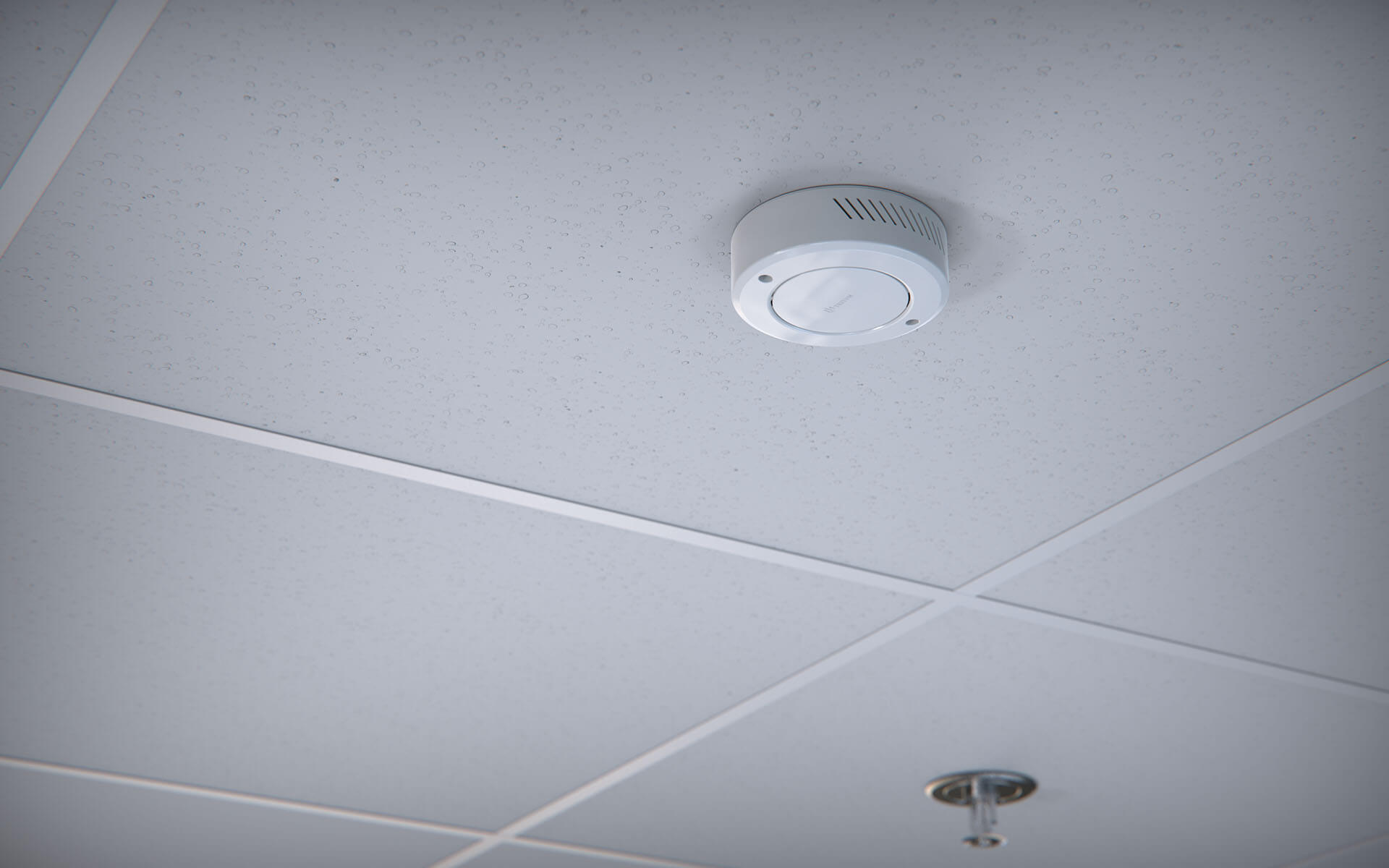Vaping in schools was unstoppable just a few days back. Students would sneak in the bathroom between classes to breathe in flavored nicotine vapors and THC. Teachers and administrators were in a state of despair until districts decided to implement a vape detection system.
Today all over the country, schools are reporting huge success stories which demonstrate just how transformative the technology can be in tackling the issue of vaping.

A Case Study: Reducing Vaping by 83% in just 10 Weeks
Luling Independent School district was faced with an issue with the use of vape. Despite repeated warnings, and more stringent regulations, students were still able to vape in bathrooms and locker rooms. Traditional smoke alarms were useless against vapor, and the staff were unable to be everywhere at one time.
To test the system for the district, they installed vape detectors in schools during March. The results were astounding. In just five weeks, the incidence of vaping had slowed down significantly. After ten weeks the amount of vaping was down by an impressive 83%.
For the administrators, the benefits was more than just figures. Teachers reported less disruptions, and students understood that vaping wouldn’t be ignored.
Similar Success at Match Charter Schools
Match Charter Schools is another powerful example. They struggled to reduce vaping in both the middle and high schools. They deployed a set vape smoke alarms in August and noticed immediate results.
In December, only 4 months following the first report, administrators notified of an reduction of 80% in incidents of vaping. Parents applauded the school’s tangible steps to safeguard their children, while teachers reported a decrease in louts in the hallways aswell in bathroom crowding.
These two districts illustrate what is now a rising trend: schools that embrace vape detection experience tangible improvement in behavior as well as overall safety.
What makes vape detectors so Effective?
This technology is what gives the results. Vape detectors of today don’t just sense vapor; it also measures air quality and monitors occupancy levels. It also gives staff real-time notifications. Administrators no longer need to rely upon guesswork or reports that are basing their decisions on information that has been gathered later.
And, most importantly than that, detectors are built with security in mind. No cameras. No audio recording. Fast, precise data is enough for schools to make fast decisions without compromising students’ rights.
This combination of effectiveness and compliance makes vape detectors one of the most practical safety tools schools can adopt today.
The Safety Net Extends Beyond Vaping
Many administrators are aware that detectors are not just to prevent vaping. Advanced systems can detect loud sounds keywords, triggers tied to emergencies, as well as vandalism attempts.
For instance, if an entire group starts to linger in a bathroom, the detector can detect an unusual degree of occupancy. If someone shouts distressing words, like “help,” staff can be alerted instantly. Vape detectors in schools may form part of a wider strategy to address both potential dangers to health and violence.
Why Parents and Boards Support Vape Detectors
Transparency brings with it a confidence that is often ignored. Schools using detectors can generate reports that clearly reveal patterns in vaping. These reports are shared with school board members, parents as well as community members, offering evidence of the fact that actions are being taken.
Parents especially respond positively to the tangible outcomes. A vape detector does more than identify students. It also protects their health as well as reinforces the message to them that vaping isn’t a suitable activity for schoolchildren.
The Takeaway The Takeaway: A Proven Path to Success
Vaping was a battle that felt invisible to schoolchildren for a long time. Case studies from across the country prove this not the case. Administrators can spot dangerous behaviors and prevent them immediately using a vape detector. This provides the safety of students.
Vaping remains a major issue however, it’s changing. Vape detection technology doesn’t just serve as a reaction to the issue, but an opportunity for schools to set the standard for an environment that is healthier for their students.
Conclusion
Technology is working in schools all over the country, from Texas up to Massachusetts. Modern vape detectors can do more than just sound the alarm. They influence behavior they build trust and offer an effective solution to the most significant health issue for students. Vape detectors are now common in every school district which is concerned about security.


